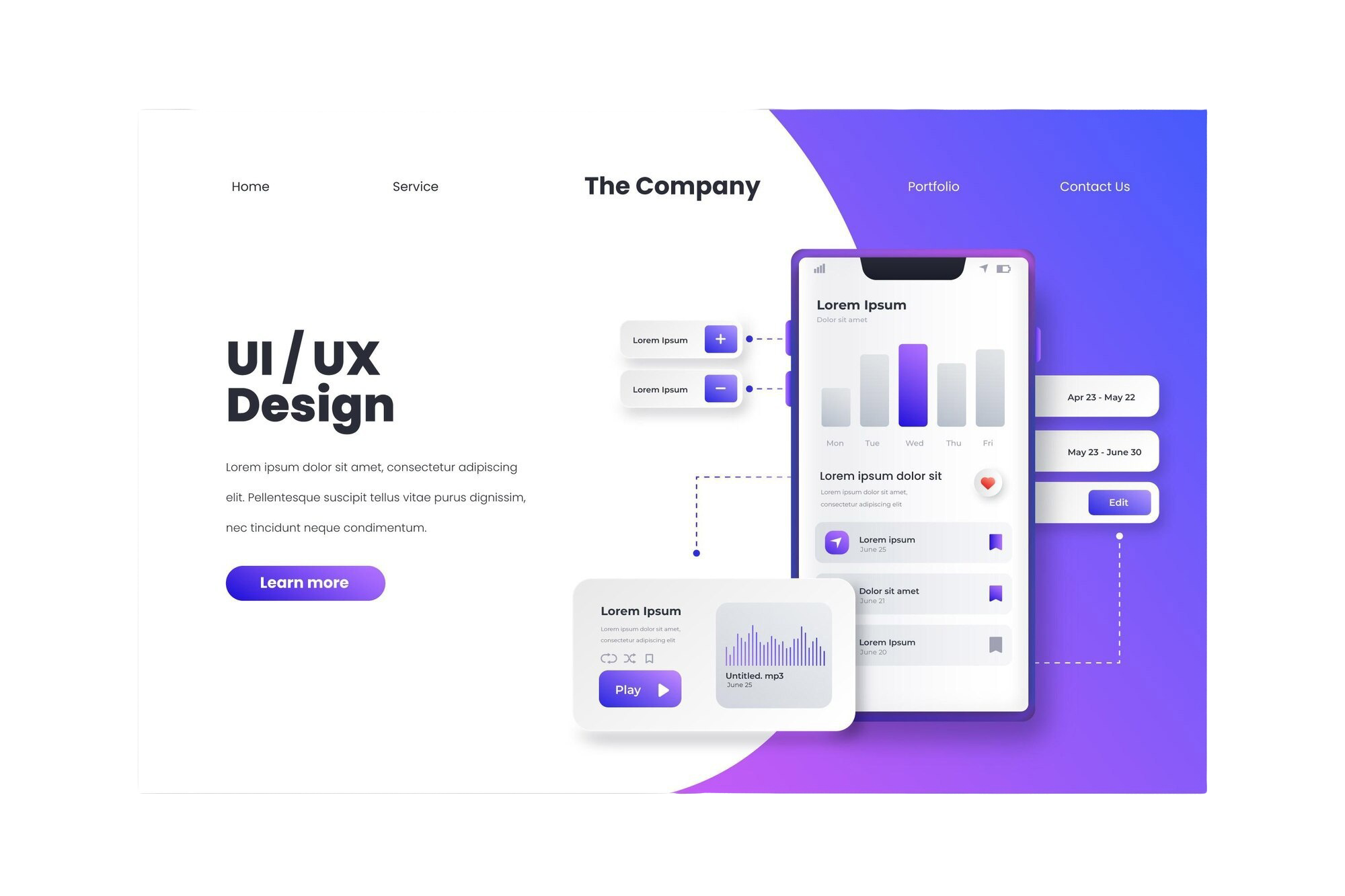Discover the best practices for designing websites that are not only aesthetically pleasing but also user-friendly and accessible.

Understand Your Users
Start by conducting in-depth research to truly understand your target audience—their needs, preferences, and challenges. Use tools like surveys, interviews, and usability testing to gather key insights that will guide your design choices.
Simplify Navigation
Craft a clean and intuitive navigation structure that lets users find what they need effortlessly. Use familiar icons and clear labels to make navigation smooth and prevent users from feeling lost or overwhelmed.
Fast Loading Times
Optimize your app to ensure quick load times. Users value speed and may abandon apps that are slow to load. Use efficient coding practices and minimize heavy graphics to keep performance swift.
Smooth Animations
Keep animations and transitions smooth to enhance user experience. Thoughtfully executed animations add visual feedback, making interactions feel natural and engaging without affecting app performance.
Offline Access
Consider offline functionality for essential features. Letting users access key elements without internet connectivity can significantly improve their experience, especially in areas with unreliable service.
Data Protection
Secure user data with robust security practices like encryption, secure authentication, and regular audits. Protecting sensitive information builds user trust and reduces potential risks.
Transparent Policies
Be open about data collection and usage policies. Clearly inform users how their data is managed and offer them control over their privacy settings.
Regular Updates
Regularly update your app with security patches and enhancements. Routine updates not only improve security but also show users your commitment to continuously improving their experience.
Your email address will not be published. Required fields are marked *